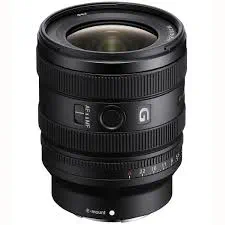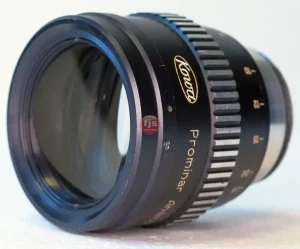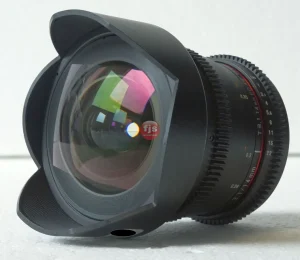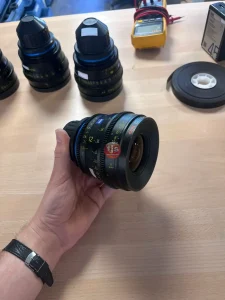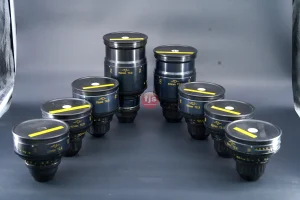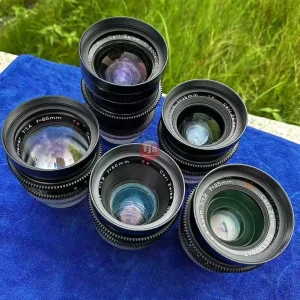Sony cameras are renowned for their image quality and versatility, making them popular choices for landscape photographers. To capture the breathtaking vastness of a scene, a wide-angle lens is a must-have tool. But with numerous options available, selecting the perfect one can be daunting. This guide will explore key factors to consider and showcase some of the best wide-angle lenses for your Sony camera.
Key Features and Benefits:
- Focal Length: Measured in millimeters (mm), focal length determines the field of view (how much of the scene is captured). Wider focal lengths (typically below 24mm on a full-frame sensor) encompass a larger area, perfect for expansive landscapes.
- Aperture: Represented as f-stops (e.g., f/2.8, f/4), aperture controls the amount of light reaching the sensor. Wider apertures (lower f-numbers) allow for faster shutter speeds and beautiful bokeh (background blur) but tend to be pricier and bulkier.
- Image Stabilization (IS): Especially beneficial in low-light situations or for slower shutter speeds often used in landscape photography, IS counteracts camera shake, resulting in sharper images.
- Zoom vs. Prime: Zoom lenses offer the flexibility of adjusting focal length, while prime lenses (fixed focal length) are generally lighter, more compact, and often sharper due to their simpler design.
Top Wide-Angle Lens Picks for Sony Full-Frame Cameras:
- Sony FE 14mm f/1.8 GM:
- An exceptional ultra-wide prime lens known for its phenomenal sharpness, incredibly wide f/1.8 aperture for low-light and astrophotography, and a robust build quality.
- Sony FE 16-35mm f/2.8 GM:
- A top-of-the-line professional zoom lens adored for its excellent image quality throughout the zoom range, a fast f/2.8 constant aperture, and built-in image stabilization.
- Sigma 14-24mm f/2.8 DG DN Art:
- A high-performing third-party option from Sigma, delivering exceptional image quality, a wide f/2.8 aperture, and a competitive price tag compared to Sony’s offerings.
- Tamron 17-28mm f/2.8 Di III RXD:
- A fantastic value-for-money zoom lens from Tamron, featuring a bright f/2.8 aperture, excellent image quality, and a compact and lightweight design.
Conclusion
The ideal wide-angle lens for your Sony full-frame camera depends on your specific needs and budget. Consider the types of landscapes you capture, how much importance you place on a fast aperture or zoom flexibility, and the weight you’re comfortable carrying. With the knowledge above, you can confidently choose the perfect lens to unlock the full potential of your Sony camera and elevate your landscape photography to new heights.
Frequently Asked Questions (FAQs):
- Q: Can I use these lenses on APS-C Sony cameras? A: Yes, but keep in mind the focal length will be cropped due to the smaller APS-C sensor. A 14mm lens on a full-frame camera becomes the equivalent of roughly a 21mm lens on an APS-C camera. Sony offers several excellent wide-angle APS-C specific lenses as well.
- Q: Is image stabilization crucial for landscape photography? A: While helpful, it’s not essential. If you primarily shoot landscapes during the day or can maintain faster shutter speeds, you can get by without IS. However, it becomes more valuable in low-light situations or for creative effects using slower shutter speeds.
- Q: Should I get a zoom or a prime lens? A: Zoom lenses offer versatility, while primes are typically sharper, lighter, and more affordable. Think about how often you’d need to adjust focal length and how much weight you’re comfortable carrying.

